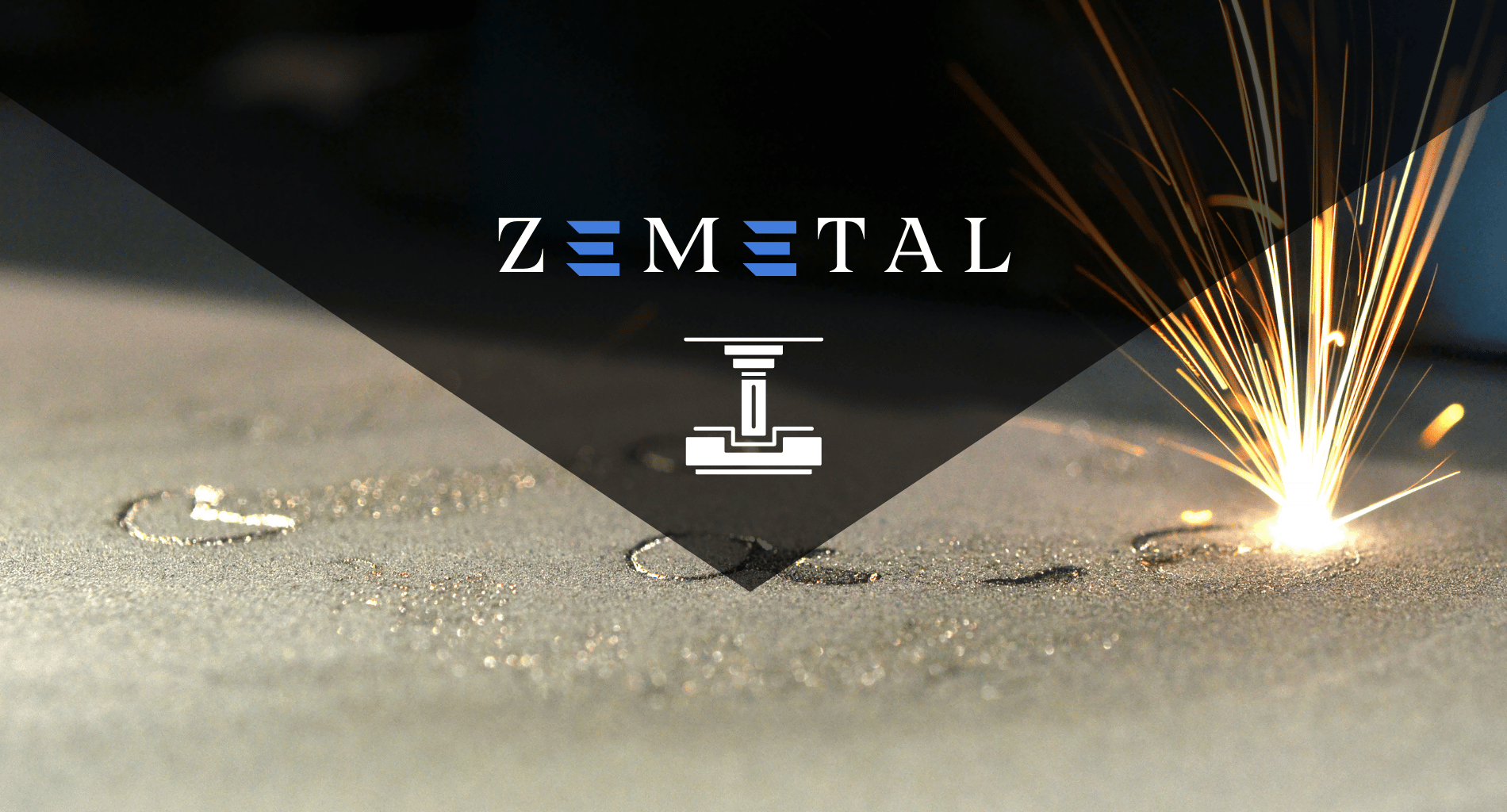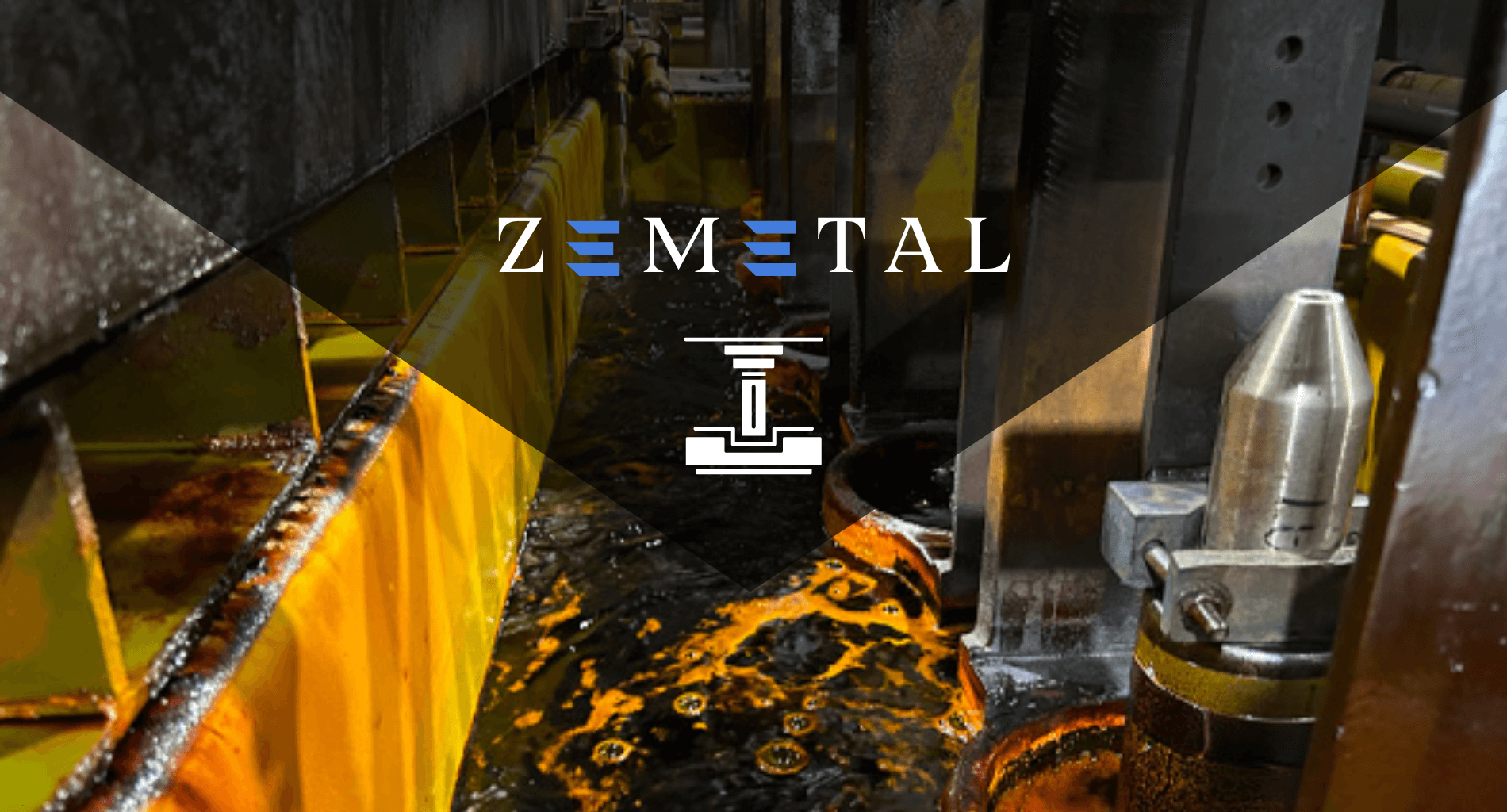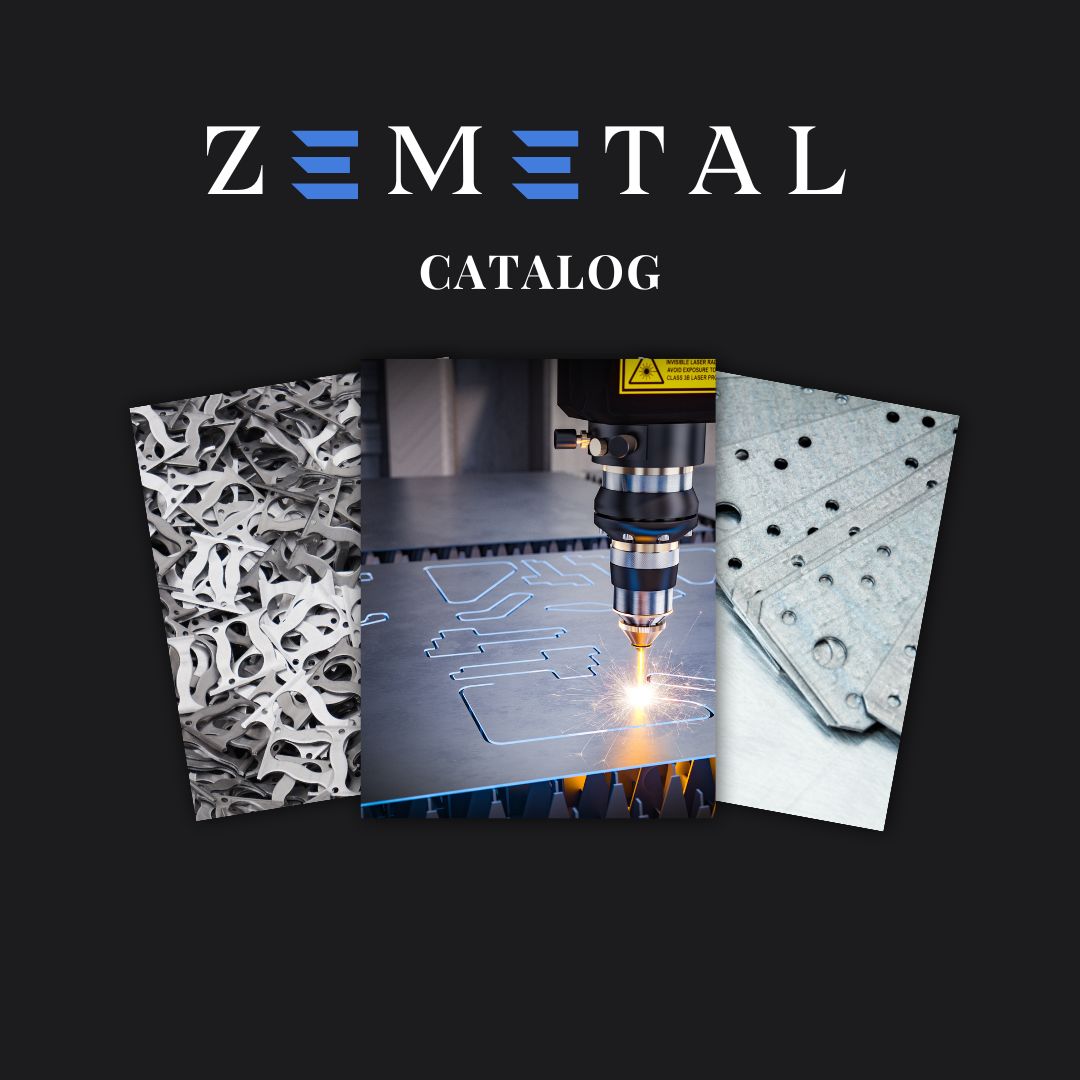Are you curious about how to elevate the quality of your metal products? Chromate plating is the secret to achieving superior durability and aesthetic appeal in metal finishing.
With years of expertise in metal surface enhancement, our insights into chromate plating are rooted in industry experience and technological advancements, ensuring you receive the most relevant and effective information.
Chromate plating, an essential process in the metal finishing industry, not only elevates the visual appeal of metal products but also significantly boosts their longevity and resistance to environmental factors.
In this guide, we’ll uncover the essential aspects of chromate plating, detailing its processes, practical applications, and the impact it can have on enhancing metal product quality and longevity.
Read on to discover the transformative power of chromate plating!
1. Defining Chromate Plating
Chromate plating is a specialized process used to coat metals with a layer of chromate compounds. This technique involves applying a chemical bath that reacts with the metal surface, forming a protective layer. The resulting coating is known for its unique color, which can range from shimmering yellow to olive green, depending on the compounds used.
The primary purpose of chromate plating is to enhance a metal’s corrosion resistance and durability for harsh environments, reducing the risk of wear over time. The layer containing chromate compounds acts as a shield against moisture and oxygen, which are major factors to metal deterioration. Additionally, this can improve the metal’s aesthetic appeal, adding a visually pleasing finish that enhances its overall look.
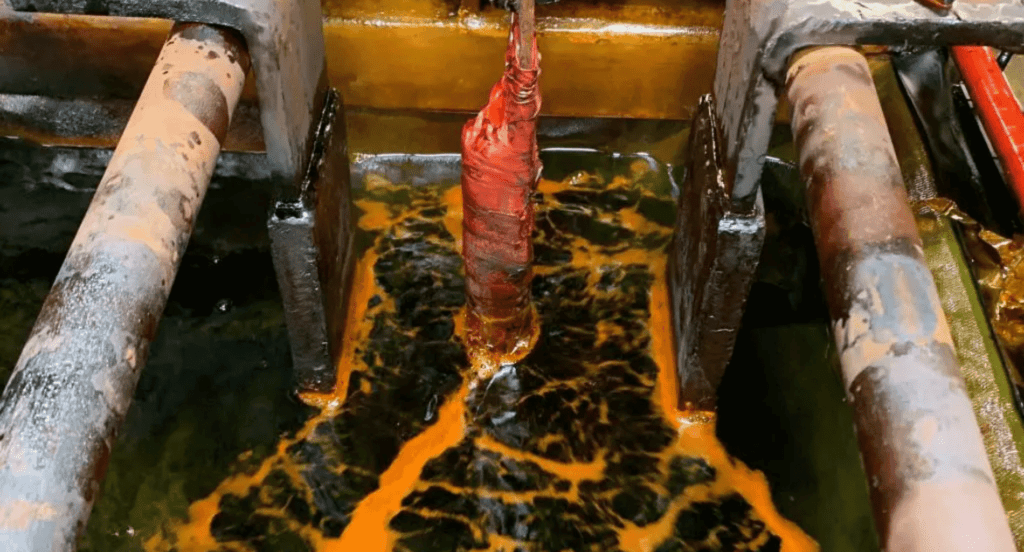
2. Benefits of Chromate Plating
Building on the understanding of chromate plating, it’s clear that this technique offers several key benefits, impacting various aspects of the metal’s performance and appeal. Here are its primary benefits:
- Heat Resistance: The coating acts as a thermal barrier, protecting the base metal from warping or losing strength under extreme heat. This enhancement is vital for components used in high-temperature environments, such as engine parts or cooking appliances.
- Chemical Resistance: Chromate plated surfaces offer excellent chemical resistance for metals in demanding environments like chemical processing, safeguarding their structural integrity.
- Improved Solderability: In industries where metals are joined using heat and filler material, chromate plating improves bonding by enhancing material adherence to metal. This is beneficial in electronics manufacturing, where precise and durable connections are vital.
- Enhanced Hardness: Chromate plating also contributes to the increased hardness of the metal surface. This hardening effect provides additional protection against scratches and abrasions, extending the lifespan of the product. Such enhanced hardness is crucial for parts that are prone to mechanical wear.
3. Types of Chromate Plating
Moving beyond the benefits, it’s time to explore the different types of chromate plating, each offering distinct characteristics and applications. Here are the types you should know about:
Yellow Chromate Plating
Yellow chromate plating is recognized for its unique golden color, offering superior corrosion resistance. It’s frequently used in automotive and aerospace applications for its durability and appealing finish. This type often contains hexavalent chromium, making it less environmentally friendly compared to other types.
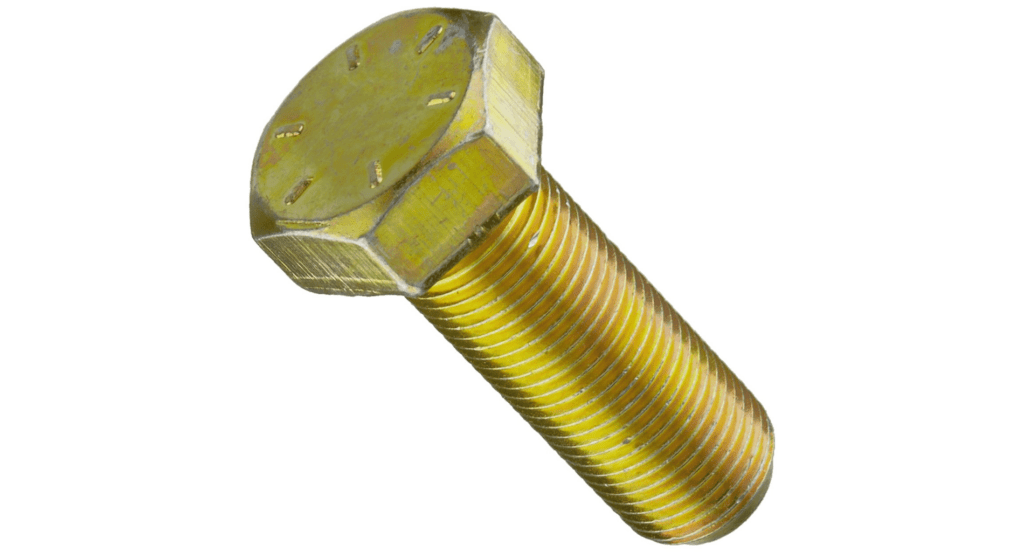
Clear Chromate Plating
Clear chromate plating is less noticeable than its colored counterparts, offering a more natural metal finish while still providing protection against corrosion. It’s commonly used in electronics and consumer goods where the appearance of the base metal is desired, but with added longevity. It is favored for its minimalistic appeal and ability to maintain the original look of the metal.
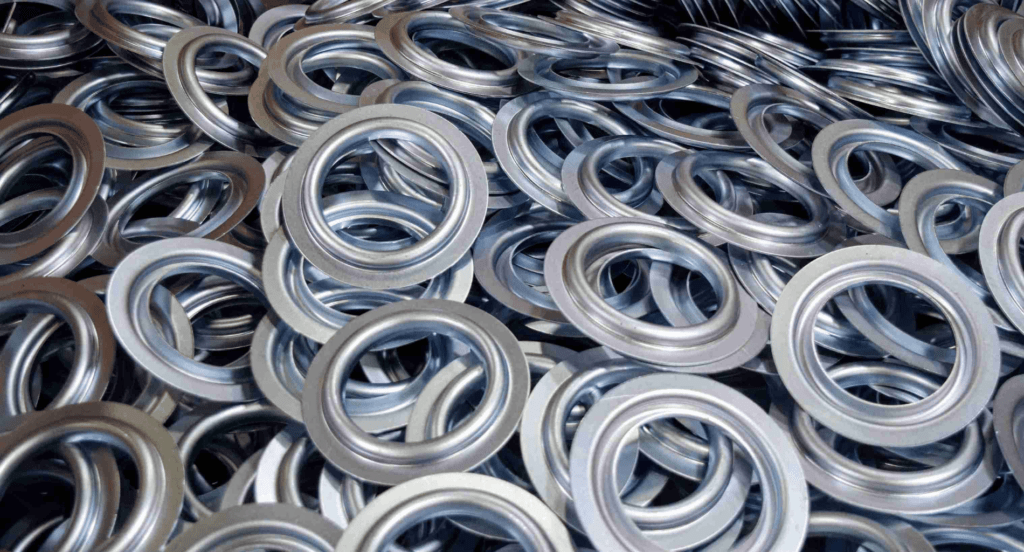
Black Chromate Plating
Black chromate plating is valued for its stylish, matte appearance, often used in decorative and visual applications. Apart from its aesthetic appeal, this type provides significant corrosion resistance, though it may be slightly less effective in this aspect than yellow chromate. Black chromate is ideal for applications where visual impact is as important as functional benefits.
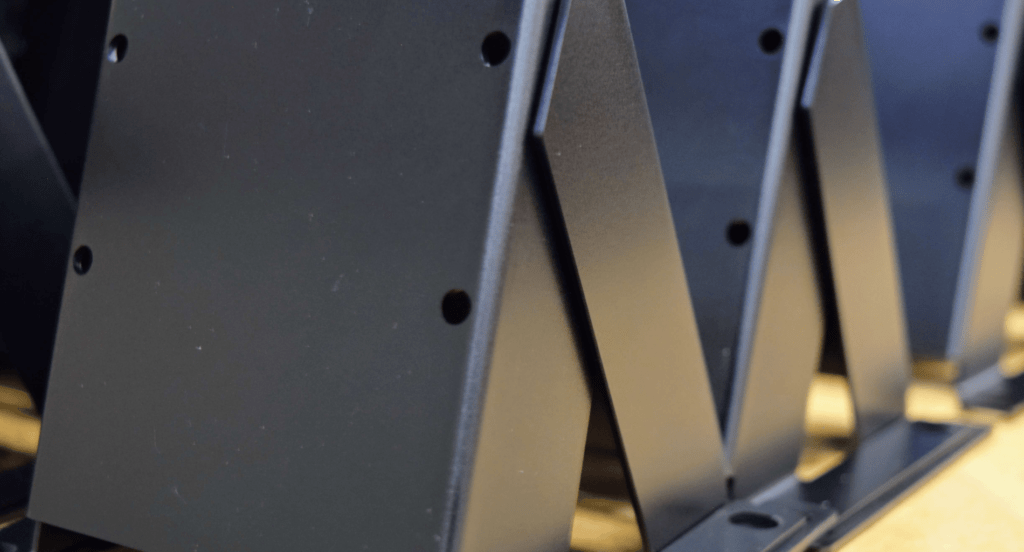
Olive Drab Chromate Plating
Olive drab chromate plating offers a distinctive greenish color, commonly seen in military and aviation equipment. It provides excellent corrosion resistance and is well-suited for harsh outdoor environments. This type is selected for its unique color, which also serves as an indicator of high durability and resistance to environmental factors.
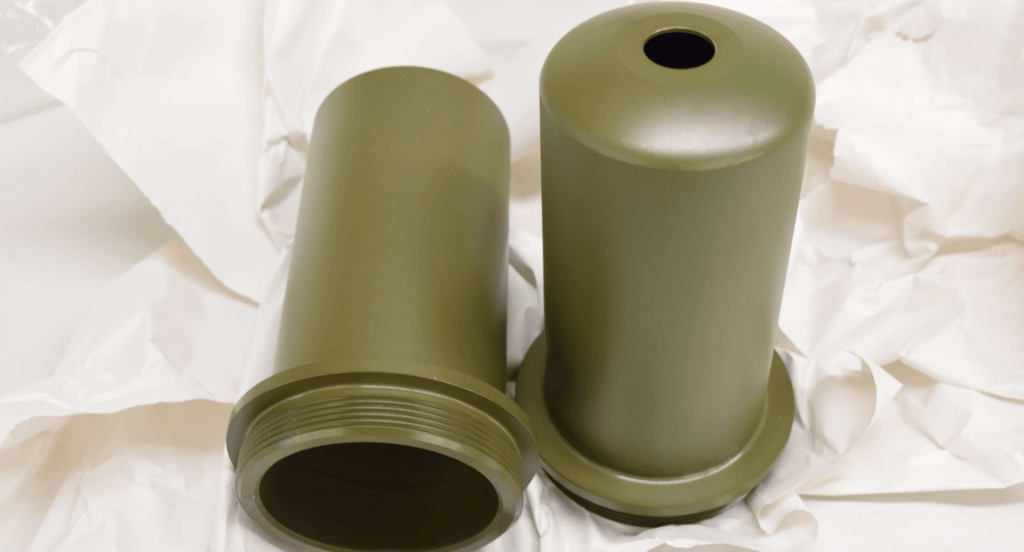
4. The Chromate Plating Process
After exploring the various types of chromate plating, understanding the process itself is essential for practical application. Here are the key steps involved in chromate plating:
Step#1 Cleaning and Preparation
The metal surface undergoes a comprehensive cleaning process in a combination of chemical cleaning to remove surface contaminants such as oils and greases, and mechanical methods like sandblasting to smooth the surface and remove rust or old coatings.
Step#2 Rinse and Neutralize
After cleaning, the metal is thoroughly rinsed under running water to remove any remaining cleaning agents. This is followed by the application of a neutralizing solution to balance the pH of the metal surface, ensuring it’s properly prepared for plating. The metal is then rinsed again to wash off the neutralizing agent, leaving it clean and ready.
Step#3 Electroplating or Chemical Bath
The core of the chromate plating process is either electroplating or immersion in a chemical bath. For electroplating, an electric current is used to deposit the chrome onto the metal surface. In the chemical bath method, the metal is immersed in a chromate solution where plating occurs through chemical reactions. The metal is fully submerged and evenly exposed to the solution for consistent plating.
Step#4 Secondary Rinse
After plating, the metal undergoes another comprehensive rinse to wash off excess chromate solution. A steady stream of clean, deionized water is utilized for this rinse, ensuring that all surfaces of the plated metal are thoroughly rinsed with no plating solution remain on the surface. This is crucial for preventing uneven spots or excess material buildup.
Step#5 Drying
Once rinsing is done, the plated metal is dried using either a controlled air blow system or a gentle heating method. This process involves evenly exposing the entire surface to air or heat to ensure complete moisture evaporation without affecting the plating quality, requiring careful movement of the metal for uniform dryness without overheating any area.
Step#6 Quality Inspection
During the quality inspection, different types of tests are conducted to assess the quality of the chromate plating. Consistent coating thickness, uniform color, and overall finish quality, are inspected by using tools like micrometers and color spectrometers. For example, salt spray test involves exposing the plated item to a harsh environment to check for resistance to corrosion and the integrity of the coating.
5. Chromate Plating in Various Industries
Transitioning from the process, chromate plating is a versatile technique adopted across various sectors. Here are distinct industries where chromate plating proves essential:
Energy Sector
In the energy industry, chromate plating is critical for safeguarding components in power generation and distribution systems. For example, it ensures metal parts within turbines, generators, and transformers are resistant to corrosion, enhancing their efficiency and lifespan. This is especially crucial in environments prone to high humidity or corrosive substances, where metal components are at risk.
Electronics Industry
Chromate plating finds its application in the electronics industry by improving the conductivity of various components and safeguarding them from rust or deterioration. It is used in connectors, switches, and other electronic hardware, providing a reliable and long-lasting protective layer. This ensures the best performance of electronic devices and systems in various environments.
Telecommunications Industry
Chromate plating is essential for protecting communication device components, contributing to a projected 5.4% CAGR in the telecom market from 2023 to 2029 as per Maximize Market Research. It ensures that antennae, connectors, and other hardware withstand environmental challenges, maintaining the integrity of communication networks. This is important for outdoor equipment exposed to varying weather conditions.
6. Quality Control and Standards in Chromate Plating
Considering its widespread use across various industries, it becomes vital to dive into the strict quality control ensuring that chromate plating adheres to the highest standards. Here are the crucial aspects to take note of:
Compliance with International Standards
Adherence to international standards such as ISO and ASTM is essential in chromate plating. These standards ensure uniformity in quality and safety across global markets. These serve as benchmarks for process control, product consistency, and meeting regulatory requirements. Zemetal, with its commitment to excellence, strictly follows these standards.
Environmental Regulations and Safety
Environmental compliance is critical in chromate plating, given the chemicals involved in the process. Manufacturers must adhere to environmental regulations to minimize ecological impact and ensure worker safety. This involves implementing waste management systems and using less toxic alternatives when possible.
Calibration and Equipment Maintenance
Regular calibration and maintenance of equipment are fundamental in chromate plating to ensure accuracy and consistency. This includes periodic checks and maintaining of plating baths, temperature controllers, and thickness measurement tools. Properly maintained equipment reduces the risk of defects and enhances overall process efficiency.
Employee Training and Expertise
Skilled and well-trained personnel are essential for maintaining high-quality standards. Continuous training programs ensure that employees are updated on the latest techniques and safety protocols. Their expertise directly influences the precision and quality of the chromate plating process.
7. Challenges and Limitations in Chromate Plating
Shifting from quality control and standards, understanding the challenges and limitations in chromate plating is vital to ensure effective and high-quality outcomes. Here are the key issues that need attention in this field:
Process Complexity
Chromate plating involves a complex chemical process that requires precise control over various factors. Any inconsistency in factors like chemical concentration, temperature, or timing can lead to inadequate results. This complexity demands skilled labor and cutting-edge monitoring systems, increasing operational challenges.
Material Limitations
Not all metals are suitable for chromate plating, limiting its application in certain areas of manufacturing. Metals like aluminum and steel respond well, but others may not adhere to the coating effectively or could be damaged by the process. This limitation impacts the choice of materials in design and production phases. As a result, understanding which metals are compatible is crucial for achieving optimal results.
Coating Thickness Control
Achieving the desired thickness of the chromate coating requires careful balance. Too thin, and the coating may not provide adequate protection; too thick, and it might crack or peel. This makes accomplishing consistent thickness in complex shapes or in bulk production a tough task. Zemetal’s expertise in precise control techniques ensures optimal coating thickness for every project.
Technological Advancements
Keeping pace with technological advancements is an ongoing struggle. As new methods and more environmentally friendly alternatives to chromate plating emerge, businesses need to invest in updating their processes. This continuous need for innovation and investment can burden resources, especially for smaller operations.
The table below outlines key aspects of adapting to technological advancements in chromate plating, highlighting the challenges and opportunities for businesses in maintaining competitiveness and sustainability.
| Aspect | Challenge | Opportunity |
| Cost of New Technology | High initial investment | Long-term cost savings |
| Environmental Regulations | Stricter compliance requirements | Enhanced brand reputation |
| Training and Skill Development | Need for ongoing staff training | Improved workforce expertise |
| Market Competition | Keeping pace with competitors | Access to new market segments |
| Resource Management | Balancing investment with returns | Efficient use of resources |
8. Future Trends and Innovations in Chromate Plating
Bridging from the challenges and limitations, the future of chromate plating lies in embracing new trends and innovations. Here are some of the key advancements shaping the future of this sector:
Development of High-Performance Alloys
The creation of high-performance alloys compatible with chromate plating are becoming popular. These advanced alloys are designed to optimize adherence, increase resistance to environmental stressors, and improve the overall durability of the chromate coating. Such advancements not only extend the life of plated components but also open new avenues for their application in more demanding environments.
Enhanced Molecular Bonding Techniques
Research is increasingly focusing on enhanced molecular bonding techniques in chromate plating. These methods aim to strengthen the bond between the metal substrate and the chromate layer, resulting in a more durable and long-lasting finish. This innovation is particularly significant in industries where metal components are subjected to extreme conditions, ensuring reliability and longevity.
Green Chemistry in Plating Processes
Green chemistry principles are being increasingly applied in chromate plating processes. This involves the use of less toxic and more environmentally friendly chemicals, reducing the overall environmental impact. The shift towards green chemistry not only aligns with global sustainability efforts but also helps businesses comply with stricter environmental regulations.
Advanced Quality Control Using AI and Machine Learning
The integration of AI and machine learning in quality control represents a significant innovation in chromate plating. These technologies allow for anticipating maintenance, real-time monitoring, and optimization of the plating process, leading to higher quality finishes and reduced waste. Adopting these technologies puts chromate plating facilities ahead in the industrial revolution.
Conclusion
Chromate plating is a key technique in the metal finishing industry, crucial for enhancing both the durability and appearance of metal products. This guide offers thorough exploration equipping you with knowledge and practical insights, to make informed decisions for the betterment of your business operations.
If you seek to elevate your metal products with chromate plating solutions, Zemetal is your go-to expert. Contact us for customized solutions and professional advice in metal finishing.
Dive Deeper Into Our Resources
Looking for more diverse service options? Browse through our handpicked selections:
Still haven’t found what you’re looking for? Don’t hesitate to contact us. We’re available around the clock to assist you.


